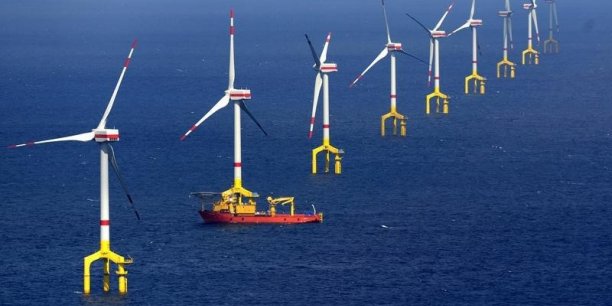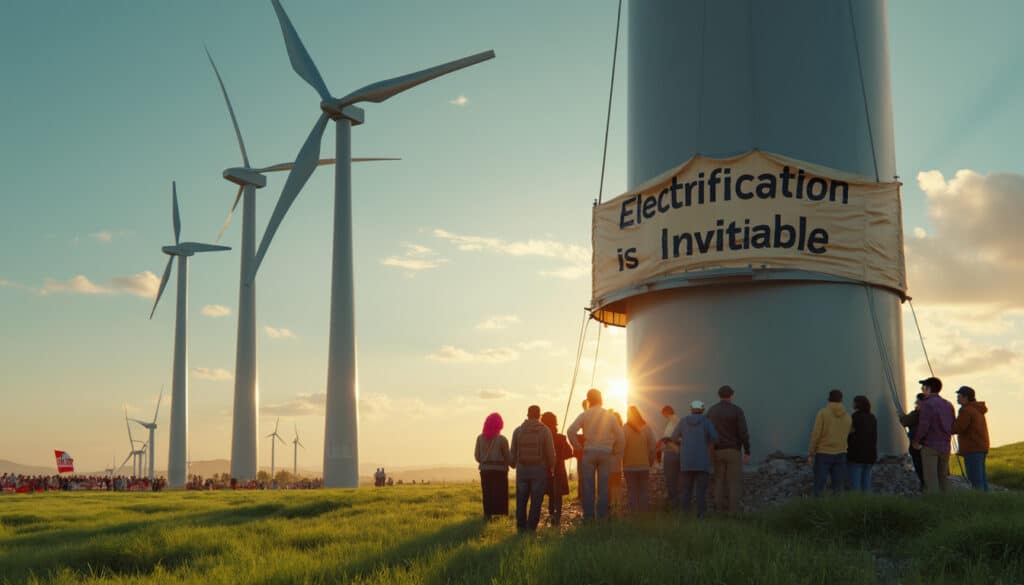While wind energy is seen as a crucial pillar of the energy transition, significant obstacles hinder its development around the world. In France, the wind market, launched with enthusiasm, is facing serious difficulties that threaten national and European ambitions for cleaner energy by 2030. Suspended projects, tender offers abandoned, and delays acknowledged by the Court of Auditors highlight the need to overcome challenges to reach an offshore wind capacity of up to 62 GW by 2050. Despite this delicate situation, the global wind scene maintains a certain dynamism, while the debate on dispatchable electricity and the importance of nuclear energy persists.

wind sector crisis and its global repercussions
The wind energy market is currently facing a series of challenges that threaten its global development. Despite the efforts invested by many countries to promote this renewable energy source, obstacles persist, hindering the expected progress. Among the contributing factors, regulatory hurdles, financing issues, and local opposition play a significant role in this crisis. This situation is concerning in the context of the climate emergency and international commitments aimed at reducing carbon emissions. The nations’ ambitions for a sustainable future are thus being severely tested.
local opposition and regulatory challenges
Local opposition is an aspect that considerably hinders the expansion of wind projects. In certain regions, populations express their reservations about the installation of wind turbines, fearing negative impacts on the environment and the value of their properties. This often leads to legal challenges that delay projects or even cancel them. Moreover, complex and rigid regulations in some countries burden the development process, thus creating a bottleneck for the rapid and efficient implementation of renewable energies. These challenges require a concerted approach to be overcome.
importance of innovative strategies for the future
In the face of this crisis, it is crucial to adopt innovative strategies to revitalize the wind sector. This could include the development of more advanced technologies and the optimization of the supply chain to reduce costs. Technological innovation, such as increasing the height of wind turbines to capture more wind, can help improve the efficiency and profitability of wind farms. Additionally, incentivizing policies and a more flexible regulatory framework would be beneficial to stimulate investments and encourage large-scale adoption of wind energy, thereby addressing the growing global energy needs.
#CarbonTalk | L'énergie verte est tout autour de nous ! Visite du premier projet Optimiseur+PV+ESS+Chargeur en Europe?.
— Huawei Northern Africa (@HuaweiNA) October 5, 2024
Alors que l'augmentation de la demande en énergies renouvelables met à l'épreuve les réseaux dédiés d'infrastructures, comment résoudre les problèmes de… pic.twitter.com/8WLwC3ObW2
Articles similaires
Thank you!
We will contact you soon.














